As travel evolves, so do the expectations guests bring with them. Gone are the days when vacation rentals were simply places to sleep between sightseeing stops. Today’s travelers—remote workers, digital nomads, artists, founders, wellness-focused professionals, and multi-day city explorers—are seeking creative retreats that blend productivity, inspiration, and comfort. And nowhere is this trend more visible than in urban hubs where travelers crave both cultural stimulation and private space to think, create, and recharge.
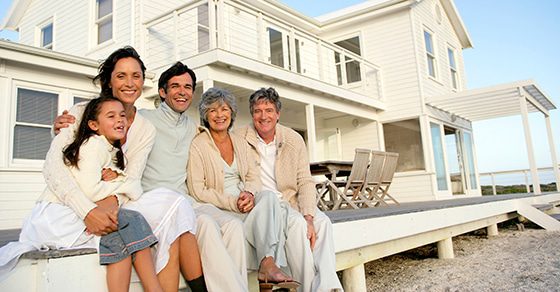
Urban homes are no longer just accommodations. They’re becoming flexible sanctuaries designed for brainstorming, freelancing, writing, recording, dreaming, and building something new. With the rise of flexible work, longer stays, and lifestyle-centric travel, modern guests gravitate toward city stays that function as creative retreats, not just crash pads.
Below, we explore why this shift is happening—and 8 ways urban homes are being reimagined as powerful creative retreats for the next generation of travelers.
1. The Rise of Work + Inspiration Travel
According to a study by Statista, over 40% of travelers now combine work, leisure, and creative pursuits during their trips. Urban destinations offer food scenes, cultural encounters, co-working spaces, and walkability—all elements that fuel creativity. Guests want lodgings that support brainstorming sessions, content creation, or quiet writing time.

This has led to a surge in demand for rentals that function like creative retreats, offering:
-
Strong WiFi
-
Ergonomic workspaces
-
Multiple lounge spots
-
Aesthetic decor
-
Inspiring views
-
Noise-controlled rooms
An urban stay now serves as both a canvas and a catalyst for productivity.
Resource:
Flexible work and travel insights: https://www.statista.com/topics/9625/digital-nomads/
2. Multi-Functional Spaces Designed for Creative Flow
One defining characteristic of modern creative retreats is adaptability. Today’s urban rental interiors are being designed not just for rest, but for movement, imagination, and production.

Popular multi-functional features include:
-
Foldaway desks
-
Window benches perfect for journal writing
-
Acoustic corners for recording or Zoom meetings
-
Convertible dining tables doubling as craft spaces
-
Stylish nooks ideal for content creation
Urban homes that embrace design flexibility attract guests who want to stay productive and expressive, not just comfortable.
Inspiration for multi-functional design:
https://www.archdaily.com/999780/small-spaces-design
3. Enhanced Technology for Modern Creators
Technology is the heart of many creative retreats. Guests want frictionless connectivity and tools that help bring ideas to life.
Trending upgrades include:
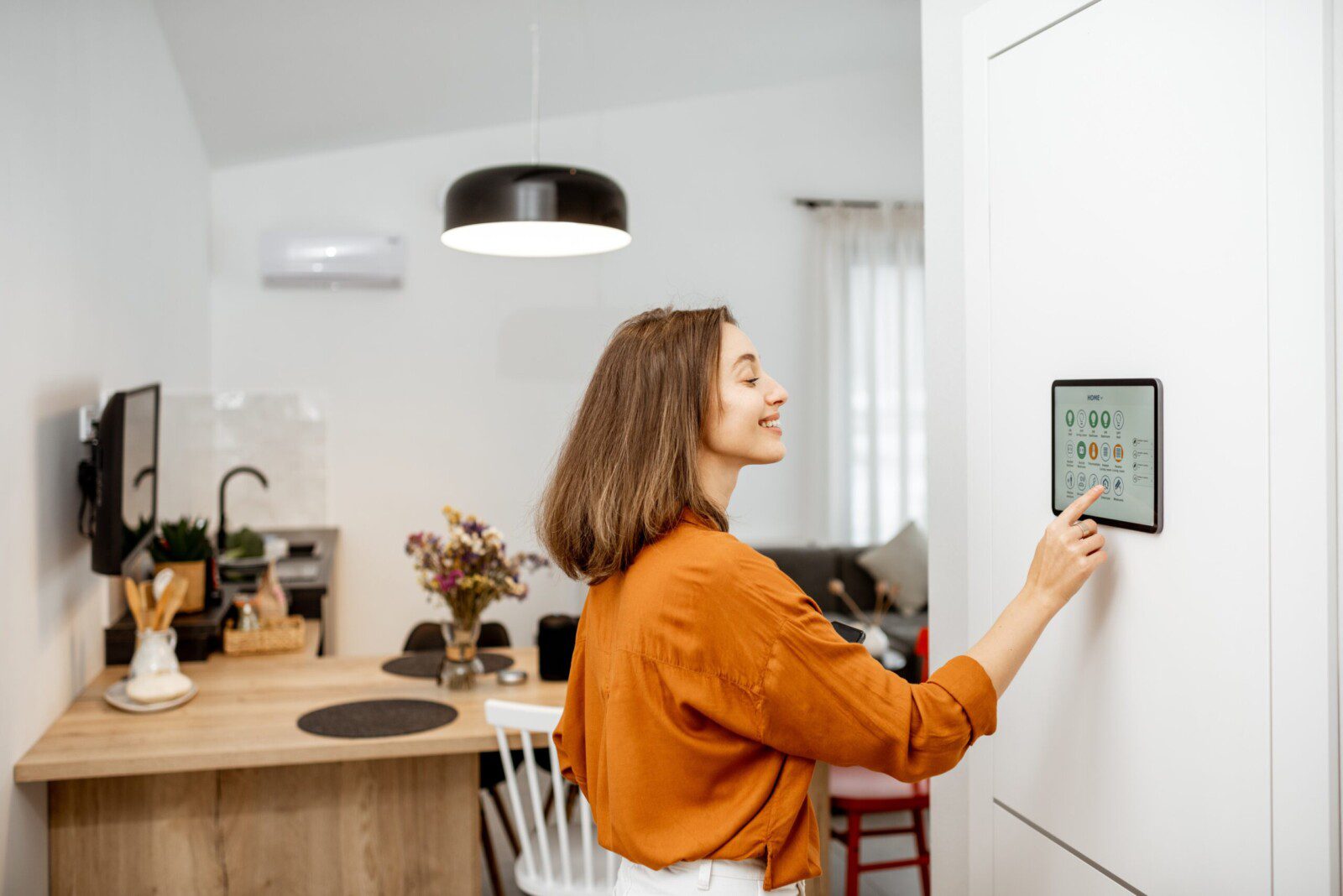
-
High-speed fiber connections (500–1000 Mbps)
-
Smart lighting that supports productivity
-
Bluetooth speakers
-
Portable ring lights
-
Extra charging stations
-
4K smart TVs for presentations or design reviews
These additions help rentals serve not just as homes, but as mini-studios for creators, entrepreneurs, and digital workers.
4. Aesthetic-Driven Interiors for Content Creation
Travelers, especially content creators, increasingly book stays based on design. Beautiful spaces equal beautiful stories—and beautiful content. That’s why hosts are styling interiors with looks that photograph well and feel energizing to live in.

Urban homes serving as creative retreats often feature:
-
Bold accent walls
-
Vintage-meets-modern decor
-
Gallery walls with local artwork
-
Curated furniture pieces
-
Thoughtful color palettes
-
Layered textures and ambient lighting
These Instagram-ready environments inspire guests and double as a backdrop for photos, videos, and brand shoots.
Design inspiration:
https://www.dezeen.com/interiors/
5. Proximity to Culture and Urban Stimulation
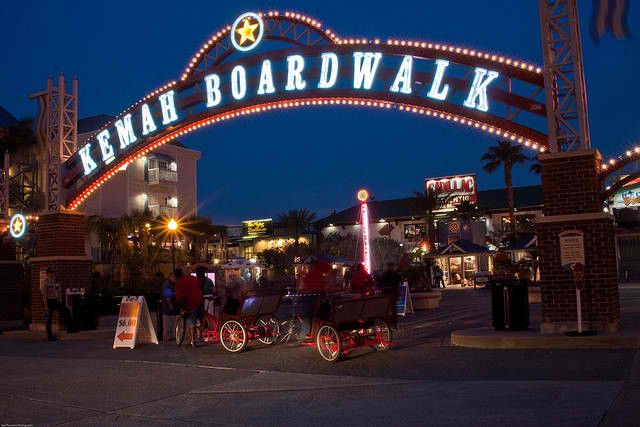
Cities themselves fuel creativity. That’s why the best urban creative retreats combine at-home comfort with quick access to:
-
Museums
-
Music venues
-
Cafés
-
Nature paths
-
Food halls
-
Architecture tours
-
Neighborhood markets
Travelers don’t just want a quiet place to create—they want a world outside their door that sparks imagination and movement.
Guests staying in areas like East Downtown Houston, Miami’s Wynwood district, Austin’s South Congress, or Chicago’s West Loop often list “location inspiration” as a deciding factor. The more urban stimulation available, the more appealing the stay becomes.
Urban cultural guides:
https://www.timeout.com/
6. Wellness Features That Support Creative Energy

Creative work isn’t only about focus—it’s about emotional and mental clarity. That’s why wellness-focused amenities have become central to the foundation of modern creative retreats in cities.
Popular additions include:
-
Yoga mats and meditation corners
-
Essential oil diffusers
-
Circadian lighting
-
Cozy reading chairs
-
Sound machines
-
Small outdoor patios for grounding time
-
Indoor plants to bring nature indoors
Travelers increasingly choose rentals that feel restorative, healing, and balanced—key ingredients for creativity.
Reference on wellness travel growth:
https://www.globalwellnessinstitute.org/
7. Longer Stays Require More Thoughtful Comfort
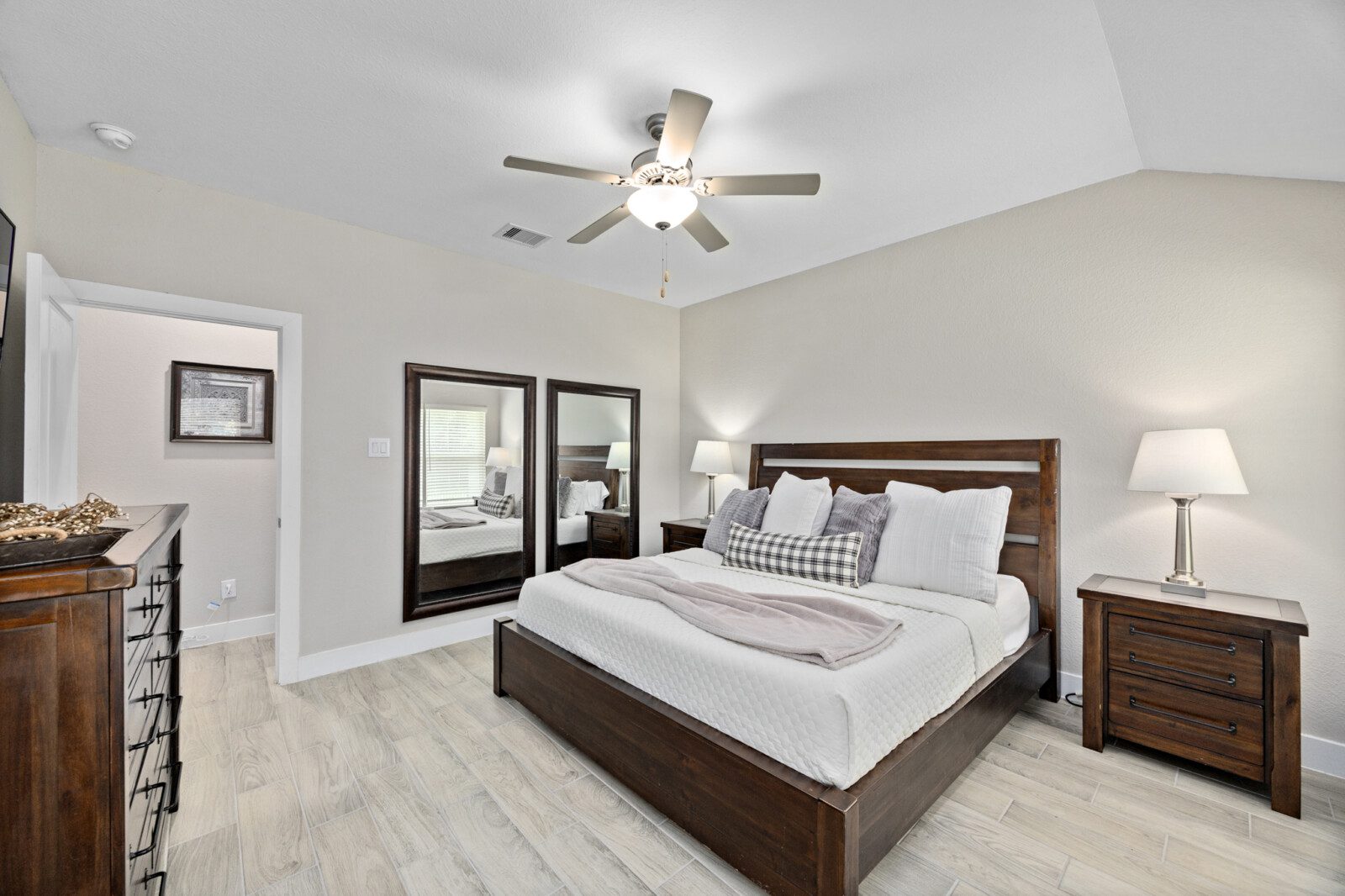
The average stay length for remote workers and digital nomads has risen significantly. According to Airbnb’s latest travel trends, monthly stays and “living anywhere” lifestyles continue to reshape urban travel demand.
Because of this, creative retreats must offer long-term comforts such as:
-
Fully equipped kitchens
-
Laundry machines
-
Spacious closets
-
High-quality mattresses
-
Noise insulation
-
Multiple relaxation zones
Comfort is no longer optional—it is essential for sustaining creative work and minimizing burnout during long productive stays.
Travel trend insights:
https://news.airbnb.com/
8. Community + Local Identity as Built-In Creative Fuel

Many modern travelers are drawn to the “creative pulse” of the neighborhood itself. A truly immersive city stay celebrates not only the home but the cultural identity surrounding it.
Urban creative retreats often highlight:
-
Local artists
-
Neighborhood history
-
Small business guides
-
Coffee shops and bookstores
-
Craft breweries
-
Public art or murals
-
Meet-the-maker experiences
Hosts who incorporate this storytelling—through welcome books, decor, or community partnerships—create a deeper, more meaningful connection between guests and their surroundings.
Neighborhood culture becomes part of the creative process.
Why This Trend Will Continue Growing
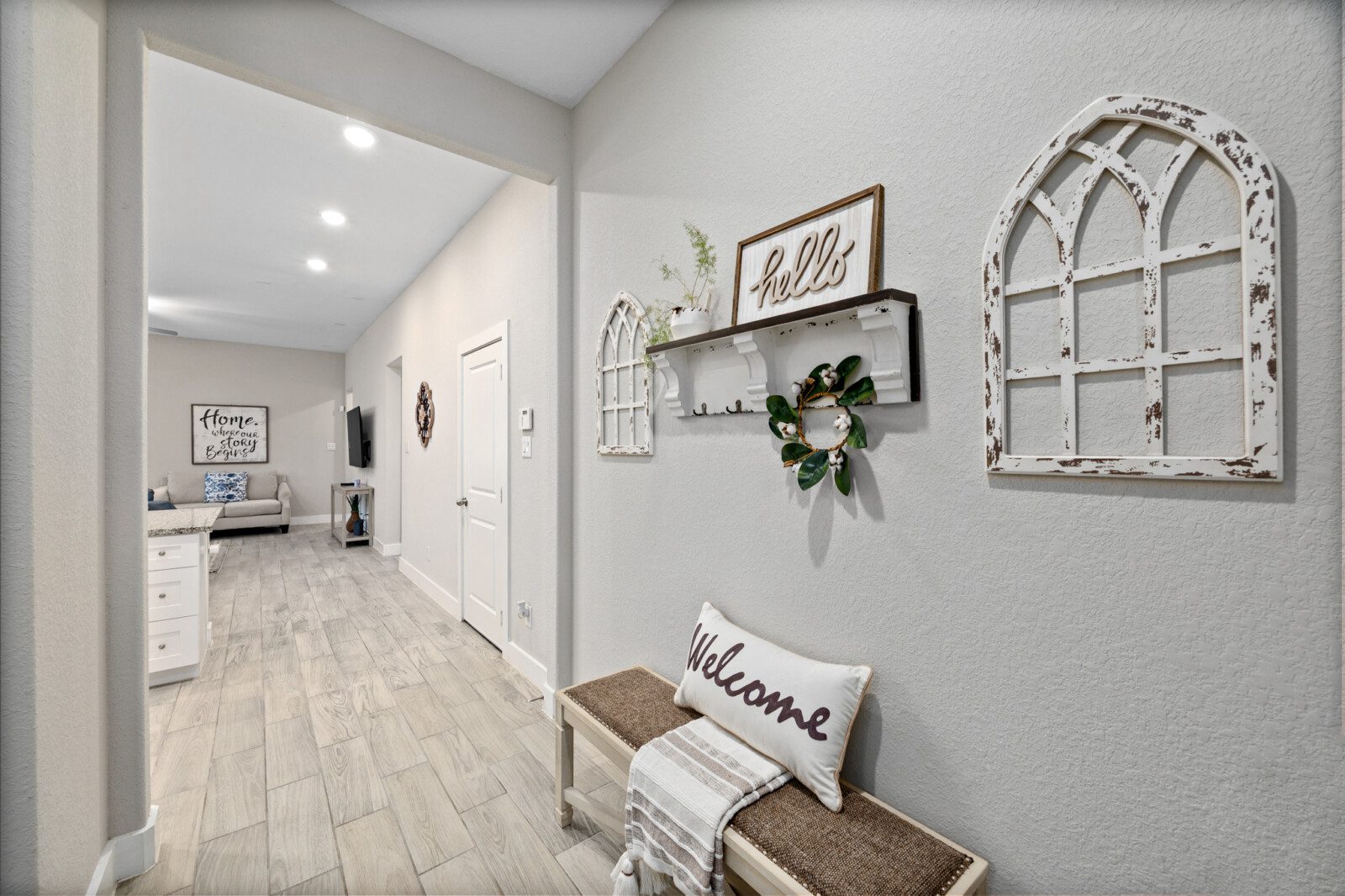
The rise of urban creative retreats isn’t just a fad—it’s a natural evolution of how people live, work, and travel. Several long-term trends are now converging:
Hybrid Work
Remote and hybrid work remain dominant, giving travelers permission to design trips that blend productivity with discovery.
Experience-Driven Stays
Younger travelers value experiences over amenities—and creativity is a powerful experience.
Content Creation as a Lifestyle
From influencers to entrepreneurs to students, people document their lives more than ever—making aesthetic spaces a necessity.
Urban Renaissance
Many cities are undergoing revitalization, making urban stays more culturally enriching than in past years.
Together, these forces ensure that demand for urban creative retreats will only continue to grow.
Final Thoughts
Urban homes are no longer places where guests simply rest—they’re becoming havens for imagination, energy, and innovation. As more travelers seek environments that nurture expression, inspiration, and productivity, hosts who reimagine their rentals as creative retreats will stand out, attract longer stays, and cultivate a more meaningful connection with modern travelers.
Whether it’s a sunlit reading nook, a beautifully styled living room, a fiber-speed connection, or simply a quiet corner with a view of the city, these details matter. They help transform a stay into a spark—one that fuels creativity long after the traveler has returned home.
If you’re a host, the question is no longer “Is my space comfortable?”
It’s: “Does my space help guests create?”
And for today’s travelers, that makes all the difference.
